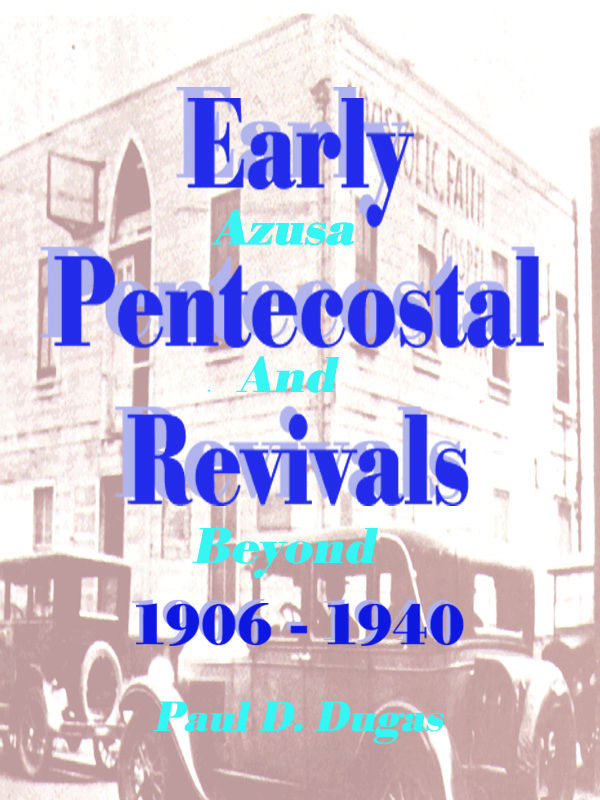
Picking up after the events of the Azusa Street Revival, "EARLY PENTECOSTAL REVIVALS: Azusa And Beyond (1906–1940)" chronicles the dynamic, often turbulent, expansion of the Pentecostal movement across North America and beyond. Authored by Paul D. Dugas and edited by Dennis McCreery, the book details the core experiences that defined early Pentecostalism: powerful preaching based on Acts 2:38, the baptism of the Holy Ghost accompanied by speaking in tongues, divine healing, and other manifestations of spiritual gifts ("miracles, signs, and wonders").
Through the testimonies and experiences of key figures like Frank J. Ewart, Andrew D. Urshan, and Leamon T. Reynolds, the narrative highlights the intense opposition and persecution adherents faced. This resistance often came from established denominations (Baptist, Methodist, Moody Church, Catholic referenced) and society at large, leading to imprisonment, mob violence, and social ostracization, mirroring the experiences of the early Christian church.
A significant focus of the book is the doctrinal developments and controversies that shaped the movement during this era. It delves into the emergence of the Oneness ("Jesus Only") doctrine, presenting it as a "great discovery" or "revelation" concerning the singular name of Jesus for water baptism and the nature of the Godhead, tracing its origins from the 1913 Arroyo Seco camp meeting and its spread through evangelists like Ewart and Glenn A. Cook. The book recounts the resulting divisions, particularly the split within the nascent Assemblies of God.
Furthermore, it addresses internal challenges framed as "Satan's attacks," notably the controversy sparked by F.F. Bosworth questioning tongues as the sole initial physical evidence of the Holy Spirit baptism, which the author presents as a damaging "virus of destruction." The reality of spiritual warfare, including encounters with demonic forces and the practice of deliverance, is also explored through personal accounts.
Written from a perspective sympathetic to the Apostolic/Jesus Name movement, the book portrays the struggles and triumphs of establishing Pentecostal faith and practice, emphasizing the importance of humility, the dangers of pride, and the spread of the gospel "in the Name of Jesus" amidst intense spiritual and social conflict in the foundational decades after Azusa Street.
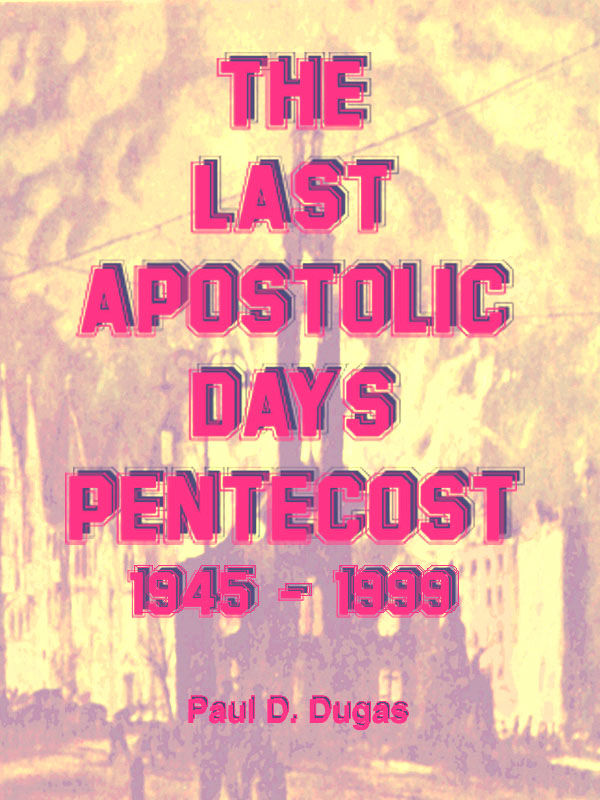
The author traces some of the history of the oneness movement from the time of the "Latter Rain" until 1999 and cites dangerous trends that have emerged.
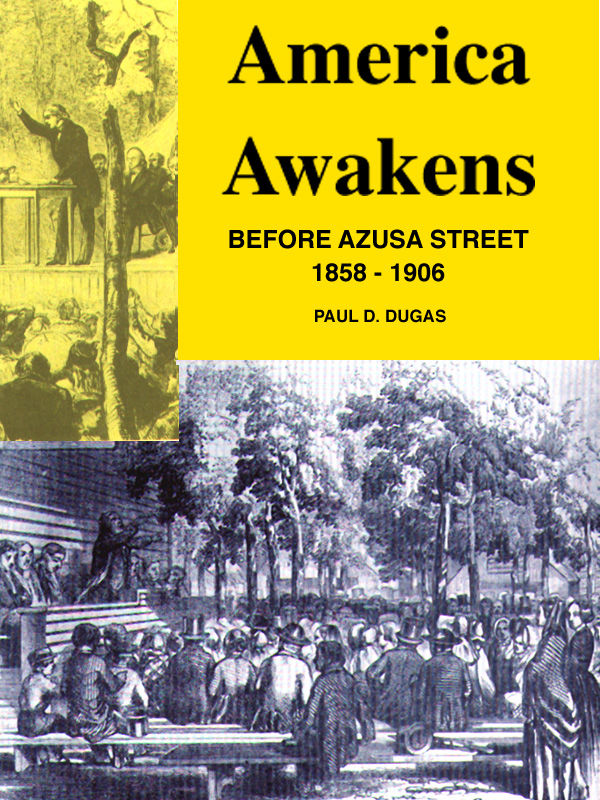
"AMERICA AWAKENS: Before Azusa Street 1858-1906" chronicles a period of intense spiritual revival and burgeoning Pentecostal experiences in the United States during the decades leading up to the famous Azusa Street Revival. The book posits that significant Holy Spirit movements were already stirring the nation, beginning with the widespread, prayer-driven Revival of 1858, which arose organically across the country in response to moral decline and economic hardship.
Through accounts of influential figures like Charles G. Finney, the narrative emphasizes the critical role of deep, persistent prayer in fueling revival fires and transforming communities. It details Finney's own powerful "Baptism of the Holy Ghost" experience and the tangible sense of God's presence that marked his meetings in places like Rome, Utica, and Rochester.
The book traces the development of distinctly Pentecostal beliefs and practices, focusing on Charles Parham's ministry and the pivotal events at his Topeka Bible School in 1901, where students concluded that speaking in tongues was the biblical evidence of the Holy Ghost Baptism – an experience subsequently sought and received by many.
Vivid personal testimonies from individuals like John Fleming (recounting his dramatic conversion, sanctification, and clashes with formal religion) and Howard A. Goss (detailing his call to ministry, experiences in the early Apostolic Faith movement in Texas, hardships faced, and his own dramatic reception of the Holy Ghost with speaking in tongues) illustrate the experiential nature of this awakening.
Ultimately, "AMERICA AWAKENS" argues that the period between 1858 and 1906 was a vital preparatory phase, characterized by fervent prayer, supernatural encounters, divine healing, and the restoration of apostolic experiences, which laid the essential groundwork for the global Pentecostal movement that would later explode from Azusa Street.
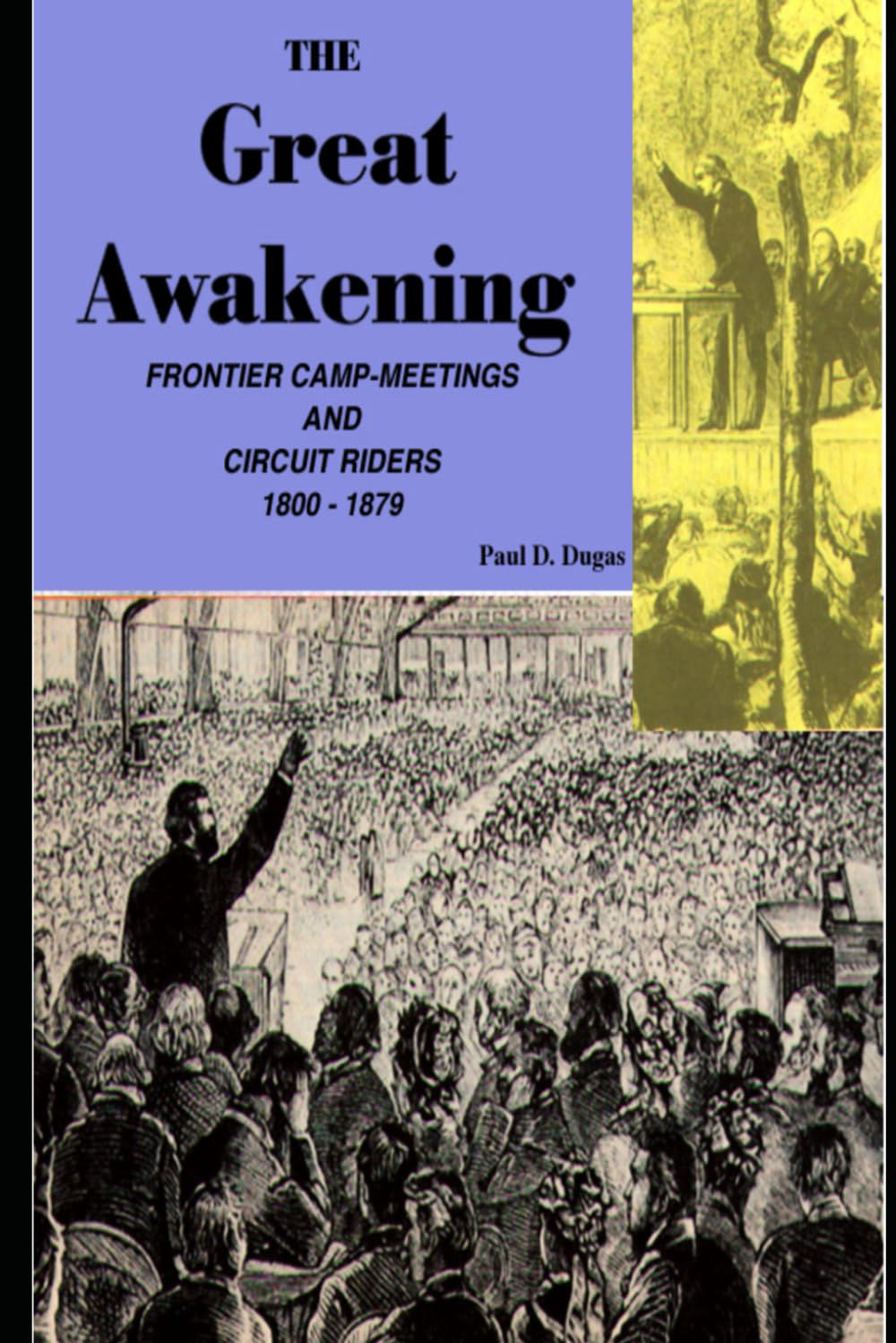
This book chronicles the fervent religious revival movement known as the Great Awakening as it swept across the American frontier between 1800 and 1879. It focuses particularly on the rise of frontier camp meetings and the vital role played by itinerant Methodist preachers, known as circuit riders. Drawing heavily on the experiences and writings of figures like Peter Cartwright, the book vividly portrays the raw, emotional, and often dramatic nature of these revivals, including mass conversions, intense preaching, and physical manifestations of religious fervor at gatherings like the famous Cane Ridge camp meeting. It explores the hardships, poverty, and dangers faced by circuit riders as they traversed vast territories to spread their message. The narrative also touches upon confrontations with opposition (including "rabble and rowdies"), interactions with other groups like the early Mormons, and reflections on the perceived decline of this "primitive" Methodist piety in later years. The book aims to provide insight into a dynamic and foundational period of American religious history, emphasizing the passionate, experiential faith that characterized the frontier revivals.
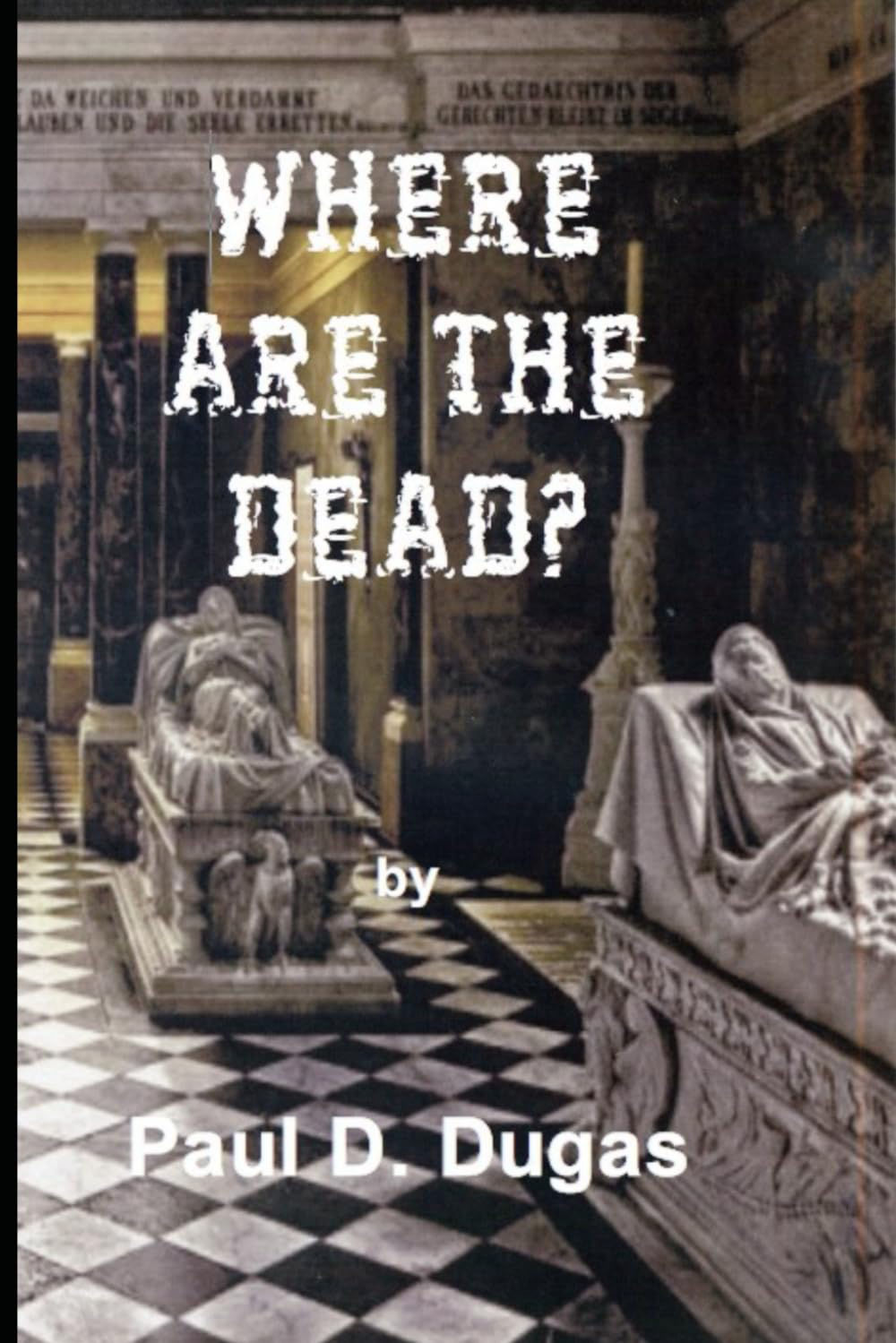
Where Are the Dead confronts the timeless question: what truly happens after death? In these illuminating pages, the author explores the eternal destiny of every soul, drawing deeply from the well of Scripture to reveal the mysteries of the unseen world beyond the grave.
Through careful study of the Bible’s original Hebrew and Greek words—Sheol, Hades, Gehenna, Paradise—and the teachings of both Old and New Testament saints, this book clarifies the distinct destinies of the righteous and the wicked. Discover the biblical truth about the intermediate state, the first and second resurrections, and the final judgments.
You will learn:
The destiny of souls before and after the resurrection of Christ
The promise of life eternal for believers in Jesus Christ
The grim fate of those who reject Him
How Christ’s victory on the cross conquered the power of death and the grave
This is a resource for every serious Bible student and every seeker of the truth about the afterlife. Let the Word of God lead you beyond human speculation—into the divine revelation of what awaits us beyond the grave.
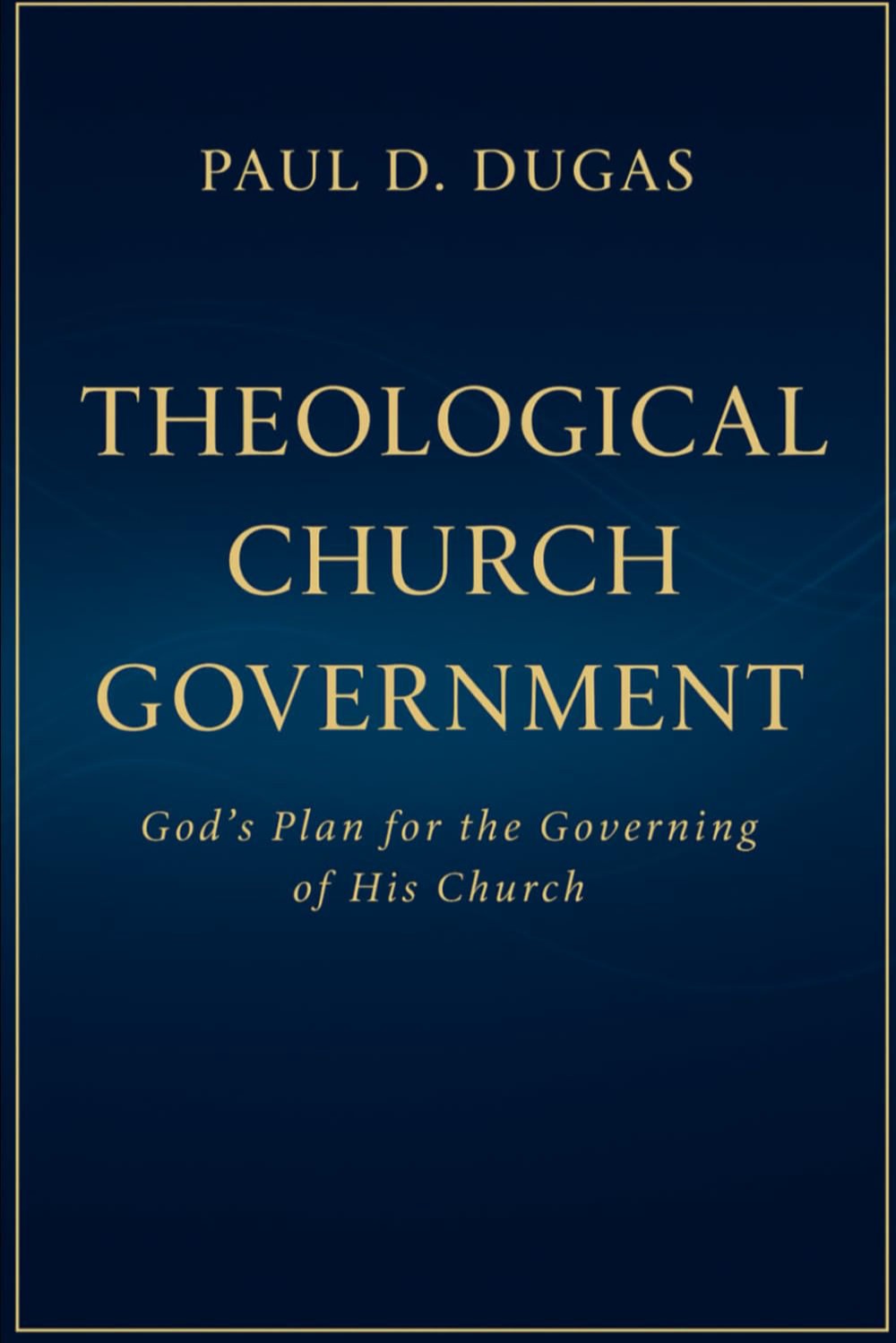
In a world where opinions and traditions often overshadow the Word of God, this book brings you back to the ultimate authority: Scripture. It offers a thorough, systematic study of the Biblical system of Church Government—an often-overlooked but crucial area of Christian life and leadership.
Many theologians have written extensively on topics like salvation, prophecy, and Christian living, yet few have tackled God’s design for how His Church should be governed. This book fills that gap by exploring God’s clear blueprint for Church leadership, the role and limits of pastoral authority, and the importance of aligning church practices with God’s divine order.
Key Questions Answered:
What does the Bible actually teach about Church Government?
How much power should the pastor possess?
Is every church truly a sovereign body, answerable only to itself?
What role do the scriptures play in guiding church leadership?
Through a detailed, scripture-based approach—covering the entire Bible from Genesis to Revelation—this book shows that God’s plan is not a matter of speculation or personal preference. Rather, it is a carefully designed, divinely inspired system that brings order, unity, and spiritual strength to His Church.
Whether you are a pastor seeking to ensure your ministry aligns with God’s will, a church leader wanting to understand biblical oversight, or a believer hungry for the truth, this book is an essential guide to navigating the biblical principles of Church Government.
Return to the simplicity and power of God’s Word. Discover the principles that establish the Church as a living, Spirit-filled body, guided by the eternal wisdom of Scripture. Dive in, study, and find the answers that will shape your faith community according to the divine pattern laid out in God’s holy Word.
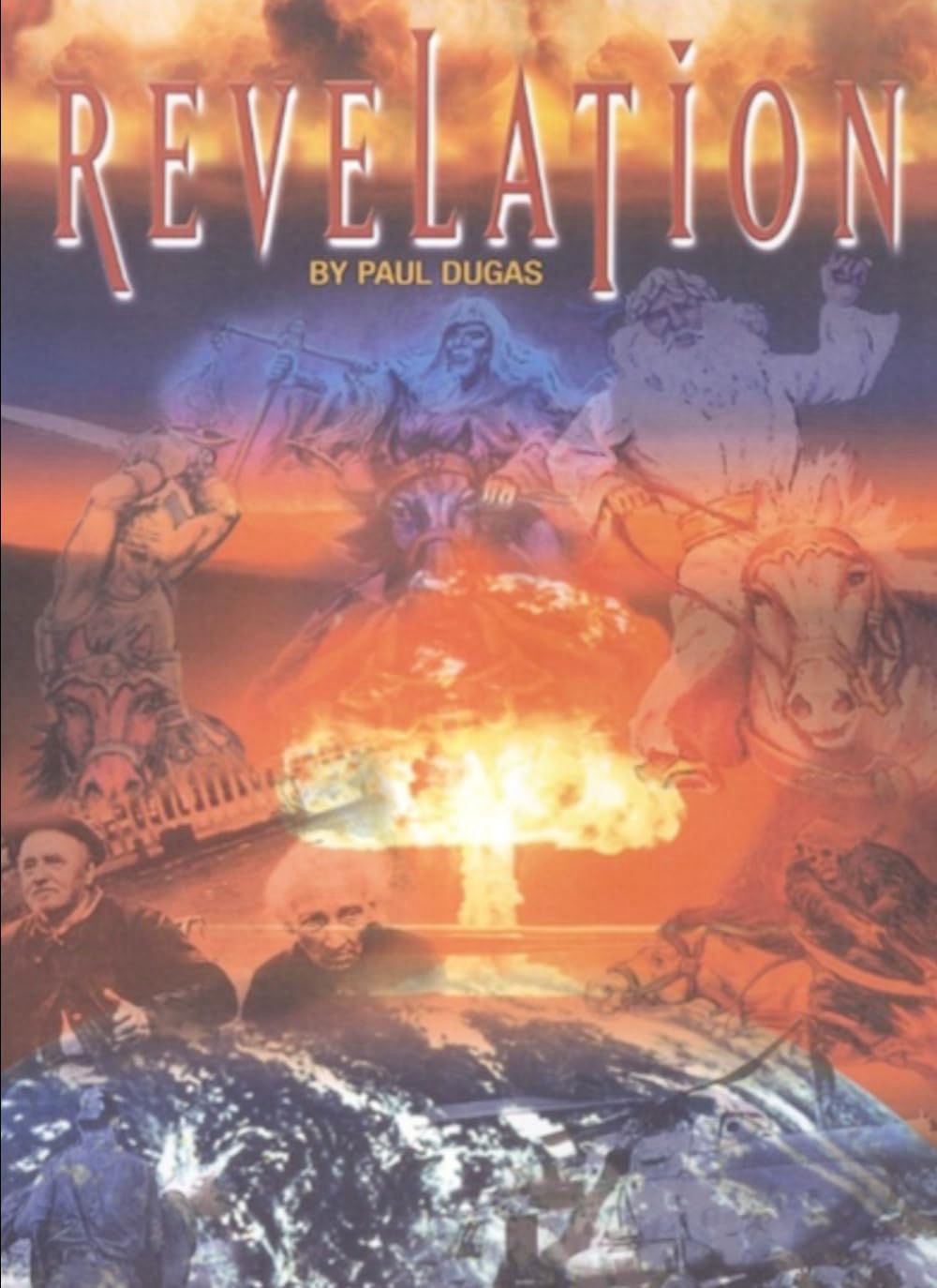
In Studies in the Book of Revelation, Elder Paul D. Dugas guides readers through the most misunderstood and overlooked prophetic book in the Bible—the Revelation of Jesus Christ. Written with an Apostolic Oneness perspective and rooted in sound dispensational interpretation, this study unfolds God’s eternal plan, Israel’s prophetic future, and the glorious return of our Lord.
With clarity and conviction, Dugas walks through every chapter and symbol, uncovering how Revelation completes the redemptive plan prophesied from Genesis to Malachi. This book defends the futurist interpretation—affirming that the rapture, tribulation, rise of the Beast, and return of Christ are still ahead—and emphasizes the absolute importance of “rightly dividing the Word of Truth.”
Explore:
The seven churches and the decline of the Church Age
The great tribulation and the wrath of God
The rise and fall of Mystery Babylon
The second coming of Jesus Christ
The restoration of Israel
The Kingdom Age and New Jerusalem
Dugas’ teaching warns against spiritualizing Israel’s promises and urges readers to honor the prophetic Word as “history written in advance.” Drawing from years of faithful study, and influenced by great Apostolic teachers such as Clyde Haney and David Gray, this book is both a powerful exposé of the last days and a call to holiness for the Apostolic believer.
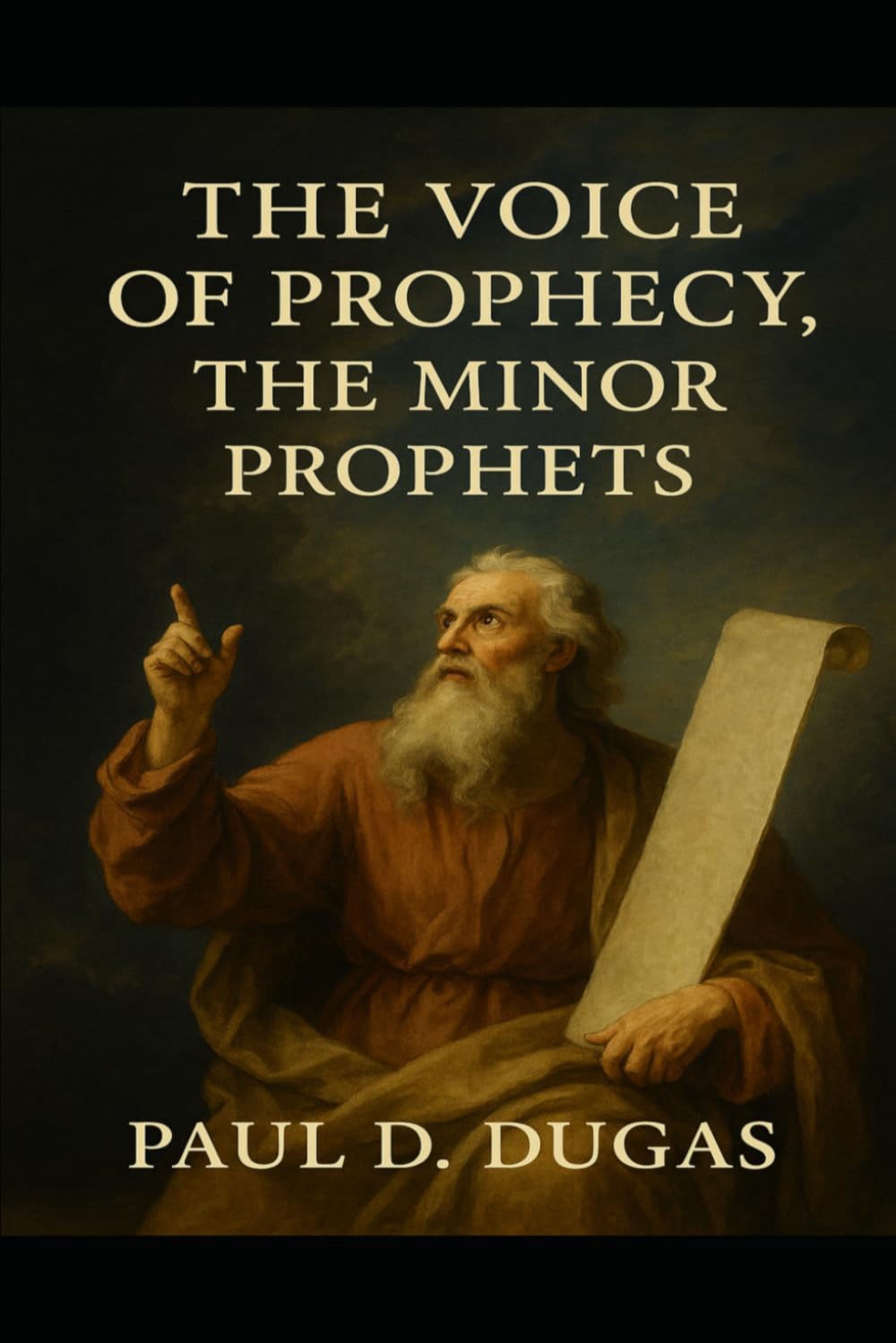
The Voice of Prophecy: The Minor Prophets by Paul D. Dugas is a spiritually rich, doctrinally sound exploration of the twelve Minor Prophets of the Old Testament. Though often neglected in modern study, these prophetic voices deliver urgent messages of repentance, judgment, and future restoration—specifically for Israel, but also bearing deep spiritual application for today.
Dugas approaches each prophet—Hosea through Malachi—with historical context, scriptural clarity, and a strong Apostolic foundation. He makes clear distinctions between prophecies meant for Israel, the Church, and the Gentile world, helping readers avoid the common trap of misapplying promises or warnings. The book places special focus on end-time events, including the Latter Rain revival and Israel’s coming national restoration under the Messiah.
With careful exposition and helpful illustrations, Dugas reveals the unity of the prophetic message across time and dispensation. The voice of prophecy still speaks—and this book calls us to listen.

Is the modern pulpit in crisis? Are ministers losing their voice in a world of compromise and distraction?
In this powerful and unyielding book, the author contends that the church is in peril because pastors have stepped down from their highest calling—that of the prophet. He argues that a dangerous shift has occurred, where the thundering voice of the truth-teller has been replaced by the soothing demeanor of the ceremonial priest.
This is more than a critique; it's an urgent call for every minister to return to the foundational work of prayer and preaching. The author masterfully demonstrates that the "secret" to true revival is not found in emotional spectacle, new methods, or charismatic personality, but in the power of a "living sermon" hot off the altar of God.
Inside, you will discover:
The Prophetic Calling: Understand the profound difference between a prophet who speaks for God's Word and a priest who merely presides over ceremonies.
The Dangers of Compromise: See how prioritizing numerical growth and popularity leads to a neglect of foundational doctrine and a spiritually weak congregation.
Lessons from History: Learn from the explosive revivals of George Whitefield and the Cane Ridge Camp Meeting, and uncover the secret to Jonah's power that turned a city of one million to repentance.
The Making of a Prophet: Find out what it truly takes to prepare a "living, breathing sermon" and why personal integrity and dedicated study are non-negotiable.
The Unfinished Task: Be challenged to abandon the comforts of the world and the allure of worldly success to become an "unpredictable prophet" dedicated to completing God’s work.
The Prophet and the Priest is a must-read for ministers, aspiring preachers, and anyone burdened by the spiritual state of the church. If you are ready to forsake the comfort of the "priest" and step up to the challenge of the "prophet," this book will light a fire in your soul and empower you to stand tall, unashamedly declaring the whole counsel of God.